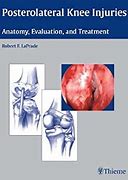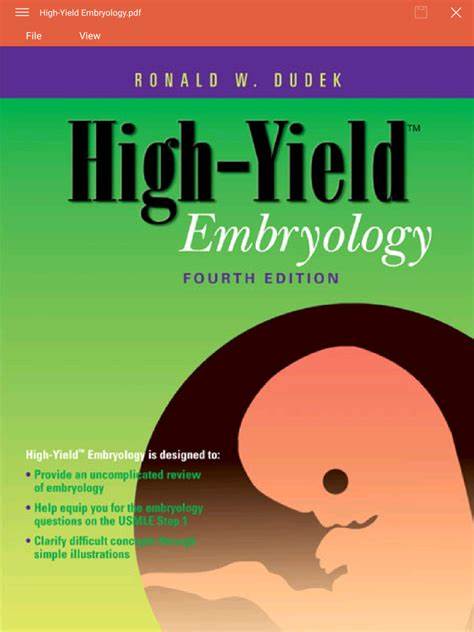Posterolateral Knee Injuries

- BOOK NAME: Posterolateral Knee Injuries
- AUTHOR: Robert F. LaPrade.
- CATEGORY: Applied Sciences - 600
- LANGUAGE: ENGLISH
- YEAR: 2006
- PAGES: 255
- ISBN:58890-303-6
star RATING
/5
- EXCERPT:
Posterolateral knee injuries are important for two main reasons. Grade 3 lesions
do not usually heal on their own, and in combined knee injuries the posterolateral lesions are often the main problem for the patient as well as for the
treating physician. Furthermore, failure to diagnose a grade 3 injury in the
acute phase results in a chronic injury, which often leads to significant functional limitations during minor activities, to meniscal tears, and, if untreated, to
a high incidence of arthritis over time. Similar to other areas of the body, the
posterolateral anatomy of the knee has evolved through the years. Whereas our
forefather-physicians Hippocrates and Galen did all their dissections in various
animals, the well-known Italian anatomist and surgeon Morgagni from the
University of Padova in Italy led the way in describing human anatomy and in a
scientific approach to surgery. His many case studies are filled with detailed
descriptions at autopsy of human anatomy, unknown to most surgeons up to
that time. This book also falls into the tradition of the famous British naturalist
and physician John Hunter, who practiced surgery in London at the time that
the American Declaration of Independence was written in 1776. His scientific
approach to dissections led to new ways of performing surgery, and he is the
one who introduced the expression “clinical scientist.”
With references stretching from J. B. Winslow’s book in 1733 to work car




